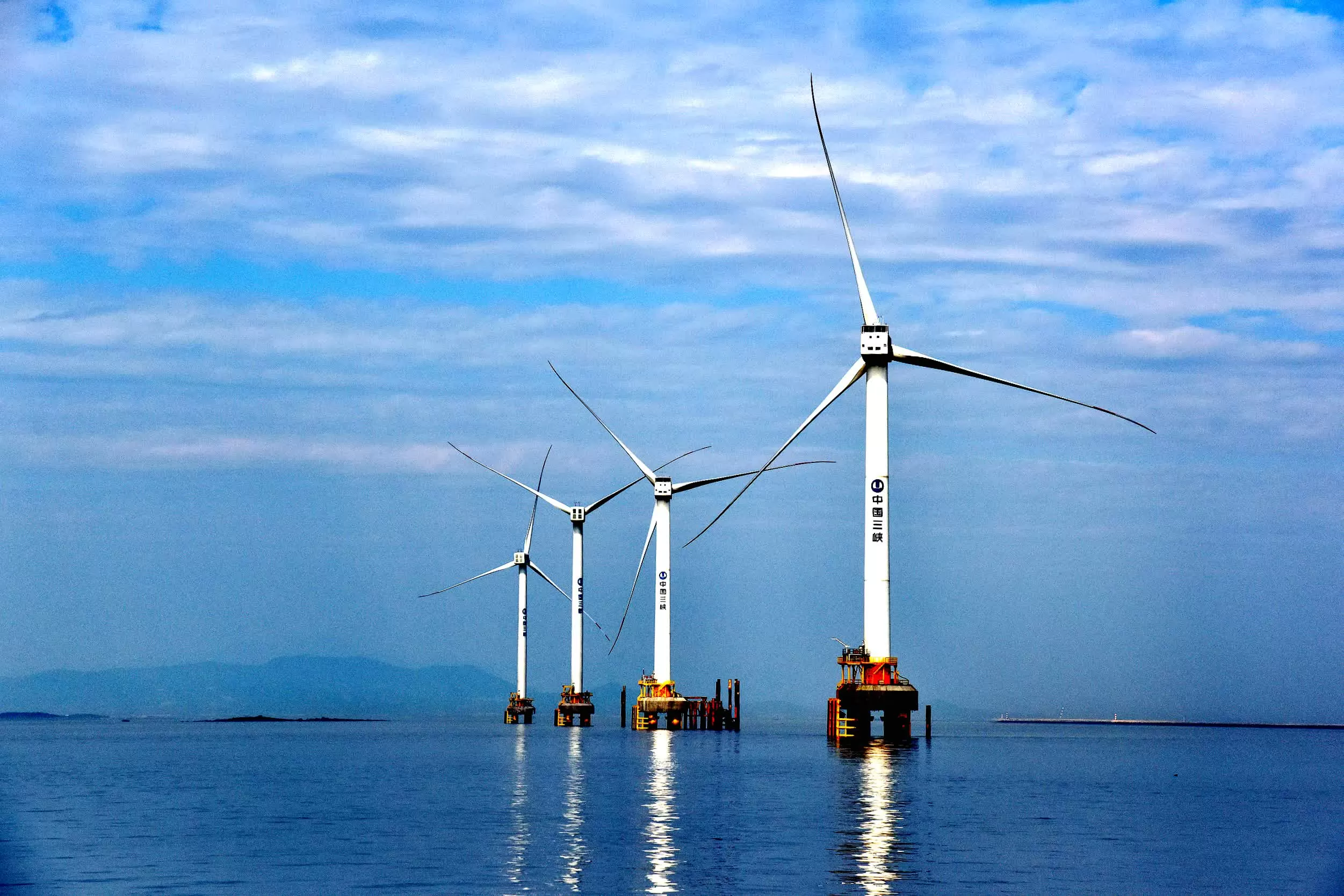History lesson: In 1890, Nikola Tesla caused a total blackout in the town of Colorado Springs using a 140-foot Tesla coil. Creating a citywide power outage was not his goal. He wanted to power a light bulb that was more than two miles away without using wires. Much to the dismay and anger of residents and the power plant, whose dynamo was burned out, the experiment was claimed to be a success, a claim that later proved to be debatable.
Now more than 100 years later, an energy startup called Emrod wants to bring Tesla's dream of wireless power transmission to life. The New Zealand company has partnered with one of the country's primary power distributors to build a wireless electricity infrastructure that it believes can deliver power more efficiently than traditional methods.
The system uses a series of transmission antennas, relays, and a receiving rectenna, short for "rectifying antenna." The rectenna converts microwaves into electricity. The only limitation on the system is that each relay and antenna must have line of sight. Even with that limitation, Emrod says that the infrastructure will cost a fraction of what it would take to construct and maintain a wired system.
The transmission system is supposedly immune to adverse weather and atmospheric conditions. As long as not physical structures block the line of sight, the system should transmit electricity thousands of kilometers. This trait makes it ideal for moving power from offshore facilities or plugging a windmill or solar farm into the power grid.
There is no timeline for when Emrod will have a practical application in place. It is currently spending resources on lab work, with a field trial expected once it perfects the system at close range. I'm no electrical engineer, but I can see problems with signal degradation and energy loss as each relay receives and transmits the microwaves. It's unclear if Emrod has a way over such hurdles.
*If you are interested in reading more about Nikola Tesla and the Colorado Springs incident mentioned in the intro, PBS has a good writeup giving all the details.
